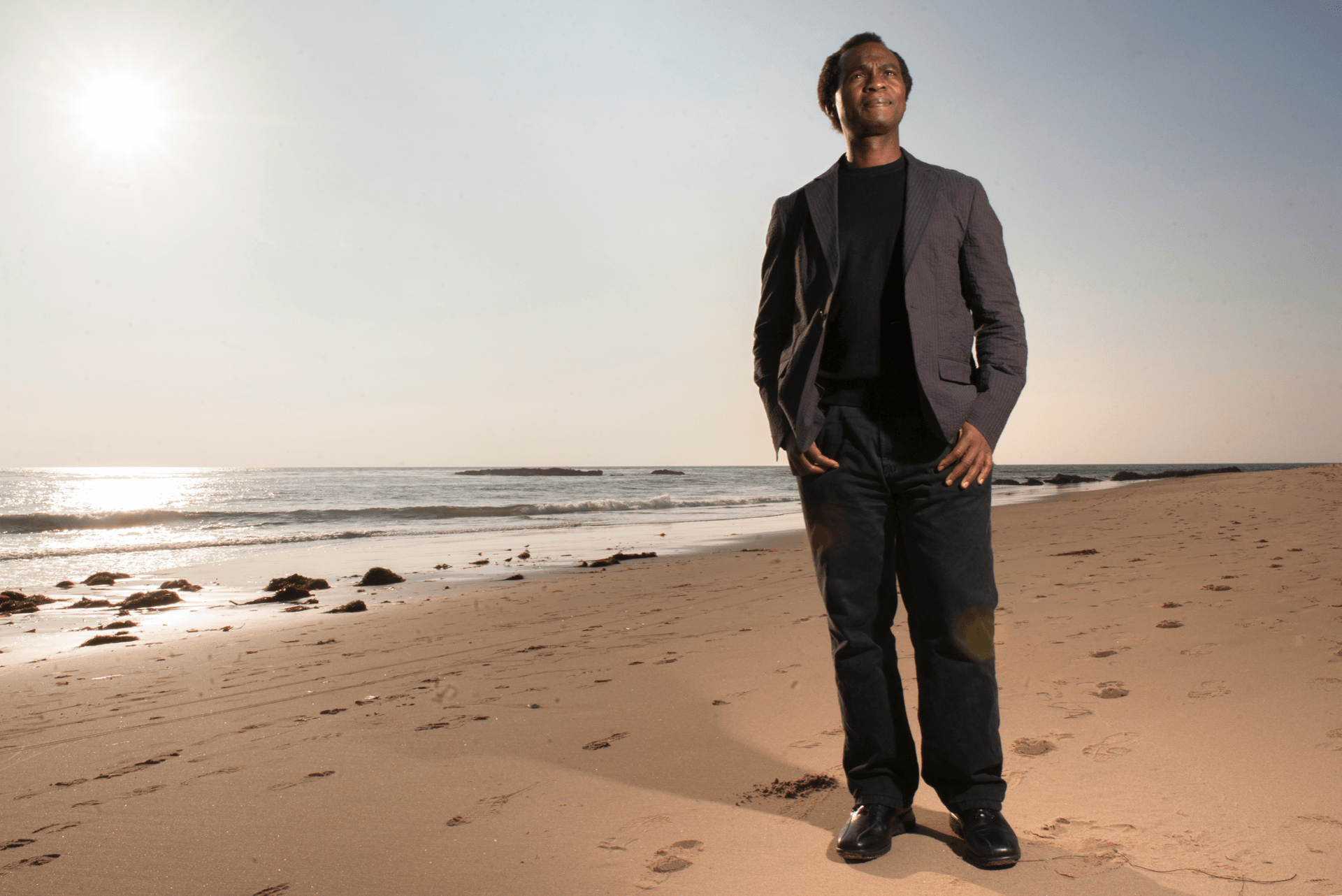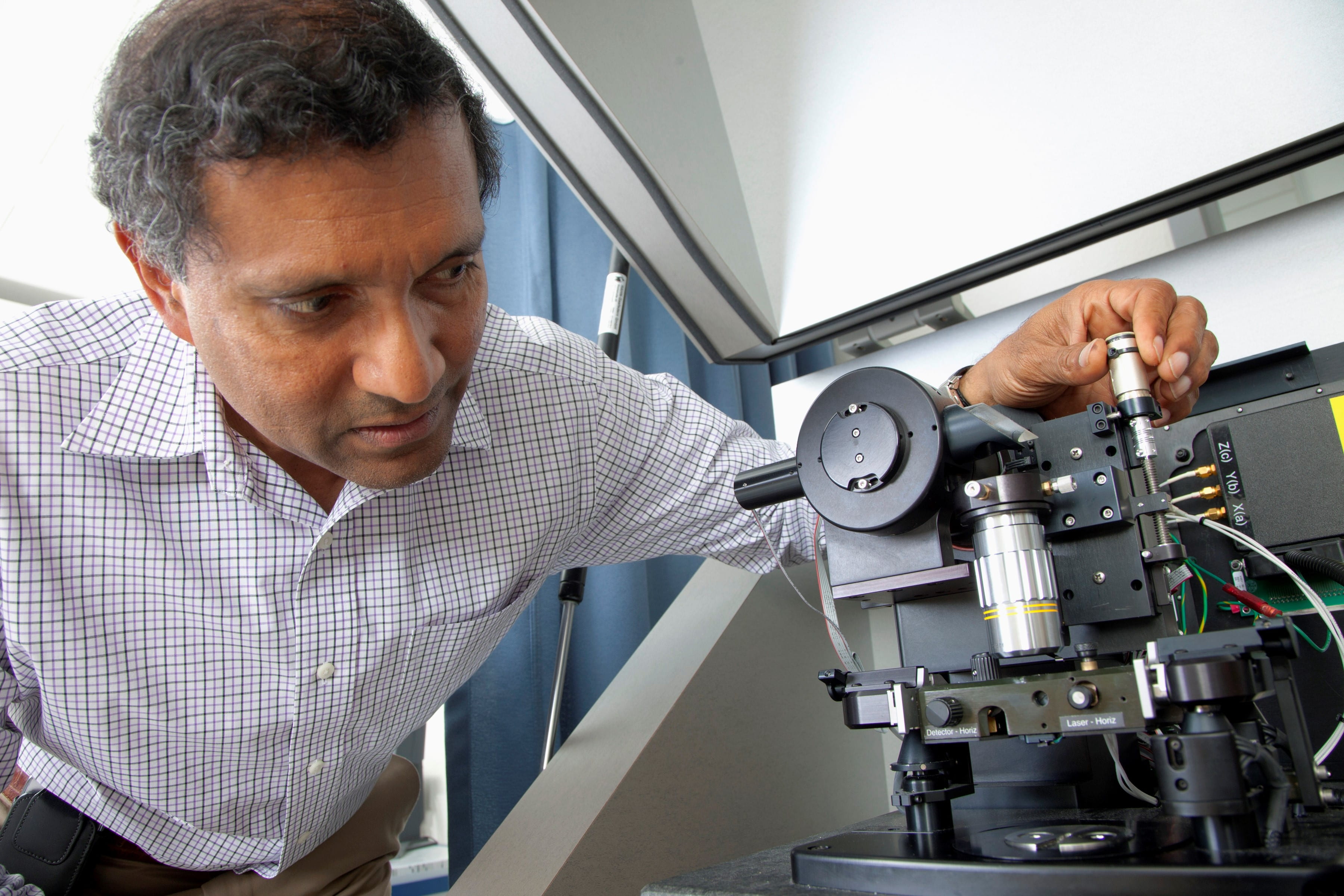Back to School

On paper, Andrea Aebersold had it all. She’d earned a doctorate and was an associate professor of literature at Washington State University. But she began to tire of lecturing to class after class. Something was missing. Then her vice chancellor offered her the chance to design and test an innovative teaching program. It increased the joy of working with students in ways she’d never envisioned.
Last year, Aebersold gave up her appointment and relocated 1,100 miles south to UCI to become director of faculty instructional development and implement her active learning program.
She’s glad she did, and so are colleagues here. Thanks to her efforts, hundreds of instructors have learned to teach using game-changing but sometimes daunting methods – or are on a waiting list to take her specially tailored eight-week course.
“To have a multi-week program for faculty that’s in such high demand is unheard of,” says Michael Dennin, vice provost for teaching and learning and dean of the Division of Undergraduate Education. “Andrea Aebersold has succeeded beyond our wildest imagination.”
Her arrival is part of a dramatic ramping up of education practices at UCI in recent years. Diane O’Dowd, vice provost for academic personnel, and others across the country have argued that teaching should be placed on equal footing with research. Too often, they say, titles and awards have been granted to laboratory-based professors, while classroom duties are denigrated.
A major focus of this transformation is using evidence-based instructional methods such as active learning, which replaces the time-honored format of a professor lecturing to students with continuous activities and discussion. Such engaged learning also can involve simultaneous use of multiple computers, smartphones, wireless monitors and other devices. The new approach can be overwhelming. On many campuses, it’s embraced by only a few, younger teachers.
But in September, UCI opened the Anteater Learning Pavilion, the first building in California and the second in the U.S. exclusively dedicated to active learning, with 17 “smart” classrooms and auditoriums. The new structure provides a powerful incentive: To teach there, instructors must be certified by UCI’s Active Learning Institute after being observed using the novel methods. That often means enrolling in Aebersold’s class.

“It’s a big time commitment. To change your teaching is no easy task,” she says. “While colleges elsewhere offer short seminars, I think giving them an hourlong workshop and saying ‘OK, you’re good’ doesn’t help them in a lasting way.”
Aebersold worried that faculty might consider active learning a fad, but demand for her class is high, from adjuncts to veteran professors. The first course filled so fast that she scheduled a second one, which was booked in hours, and there’s a waiting list for a third. In all, more than 200 instructors have been certified or are awaiting training.
Christine King, an assistant professor of biomedical engineering who arrived at UCI a year ago, was told in an initial review by a disgruntled student, “You should take a class to learn how to teach.” Now she’s weaving techniques gleaned from Aebersold’s course into her biomechanical coding classes, and she and her pupils are energized. “Oh, I love this way of teaching, especially for engineers,” King says. “We’re active learners; it’s natural to us. It’s stupid for me, as a lecturer, to say, ‘Just believe me that it works’ versus ‘Let’s physically do it.’”
In Aebersold’s course, faculty team up at tables exactly as their students will. Together, they practice lively, 10-minute activities that prod students to write on deadline, analyze concepts and even tell instructors what’s confusing. The most common one requires them to first consider individually an open-ended question, then discuss it with their neighbor, and then present their answer to the whole room.
Students sometimes jot down on “exit tickets” anything they didn’t understand that day and hand them in before leaving. When instructors tailor the beginning of the next class to the issues raised, Aebersold explains, students are often pleasantly surprised to have their questions answered and buy into the new form of teaching.
She politely drills into her charges’ heads that despite the seemingly informal style, active learning demands careful planning and a structural underpinning. “Students will be onto you in a second if you pull something out of your back pocket right before class,” she says to chuckles from the group.
Some professors are skeptics, noting that their lectures result in excellent grades for at least 80 percent of their students. Dennin, Aebersold and others ask if they notice patterns in the 20 percent who consistently don’t do as well. Are they low-income, for instance, or veterans who may have PTSD? Once instructors realize that they can help all their students succeed, they’re on board.
Inclusiveness is important in training too. At each session, Aebersold mixes up name tags like a host deciding guest seating. She ensures that different faculty learn from each other, rather than having humanities instructors and physicists in opposite corners. In one class, a veteran professor of early childhood education and an assistant professor of Chicano/ Latino studies debate answers to a quiz about learning habits, then scratch off their joint choices on lottery-style tickets. They whoop and exchange high-fives when they get every answer right.
“They’re a really energetic group. I’m so happy with the way they engaged with each other,” Aebersold says. “They know I’ve been there, so they respect what I’m telling them.”
Nearby, mathematics professor Rachel Lehman reviews the technology controls in a new classroom. “I’m excited,” she says. “This is great. I’ve been teaching here 20 years, and I think my students will really like this. I know they will, because they’re freshmen, and they’re scared. When they do these activities, they’re like, ‘Whoa, this helps.’”
The training also increases respect for teaching on campus, many say. Postdoctoral biology researcher Matthew Mahavongtrakul uses active learning in large introductory courses. His “dream job” would include spending part of his time in the research laboratory to stay on top of current topics and techniques, then bringing that knowledge straight into the classroom via active learning.
“It’s a job that doesn’t quite exist yet,” he says. “Hopefully, it will soon.”
Originally published in the Winter 2019 issue of UCI Magazine.


